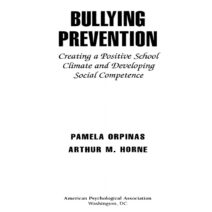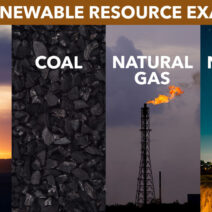Energy conservation in schools is not just a noble endeavor; it is imperative for fostering a sustainable future. Educational institutions are microcosms of society, providing an excellent forum for teaching students about the importance of energy conservation. Here are a number of strategies that schools can employ to conserve energy effectively, all while educating the next generation of eco-leaders.
First, the implementation of energy-efficient lighting systems is fundamental. Schools often utilize outdated fluorescent bulbs that consume excessive amounts of energy. Transitioning to LED lighting can yield substantial reductions in energy consumption. LEDs not only require less power to operate, but they also boast a longer lifespan, thus reducing the need for replacements and the associated environmental toll of waste generation.
Beyond merely upgrading lights, schools can aim to optimize their usage. Employing occupancy sensors in classrooms and hallways ensures that lights are activated only when necessary. Furthermore, natural light should be harnessed as much as possible. Installing skylights or utilizing large windows can significantly reduce the need for artificial lighting during daylight hours. Such architectural adaptations also create a more pleasant, stimulating learning environment for students.
Another critical aspect of energy conservation involves regulating heating and cooling systems. Many schools are laden with inconsistent temperature control, leading to excessive energy consumption. By investing in modern programmable thermostats, institutions can ensure that heating and cooling systems operate only during occupied hours. This not only conserves energy but also significantly curtails utility costs.
In addition to temperature regulation, enhancing insulation is paramount. School buildings often suffer from insufficient insulation, resulting in energy leakage. Measures such as sealing drafts around windows and doors, along with fortifying insulation in walls and ceilings, serve dual purposes: creating a more comfortable atmosphere and minimizing energy expenditure. Utilizing sustainable materials for insulation can further align the school’s energy conservation efforts with broader environmental goals.
Water conservation also ties into energy savings. Schools consume significant amounts of energy in their water heating processes. Implementing low-flow fixtures in bathrooms and kitchens, such as faucets and toilets, reduces water usage, and consequently, the energy required to heat it. Schools can also consider rainwater harvesting systems, which can supply water for landscaping and other non-potable uses.
Moreover, engaging students in energy conservation initiatives is vital for cultivating a culture of sustainability. Establishing Eco-clubs can empower students to champion energy efficiency practices throughout their schools. These clubs can conduct audits to identify areas for improvement and lead campaigns to raise awareness about energy conservation. This participatory approach not only educates students but also engenders a sense of ownership over environmental stewardship.
Curricula that focus on renewable energy and sustainability further accentuate the importance of energy conservation. Schools can integrate subjects like environmental science and ecology into their syllabi, presenting real-world scenarios that highlight the impact of energy consumption on the environment. Field trips to renewable energy facilities or local composting sites can also serve as experiential learning opportunities, solidifying students’ understanding of sustainable practices.
The adoption of renewable energy sources can also pave the way for reduced reliance on fossil fuels. Installing solar panels on school rooftops can convert sunlight into electricity, showcasing the practical application of renewable energy. Schools that generate their own power can experience marked reductions in energy costs, with excess energy potentially sold back to the grid. This transition not only demonstrates the efficacy of renewable energy but also promotes awareness among students regarding the importance of shifting towards sustainable energy sources.
Furthermore, incorporating energy-efficient appliances within the school’s infrastructure is essential. The choice of energy-rated kitchen equipment, computers, and other technology can contribute substantially to the overall energy footprint of a school. Investing in Energy Star certified products ensures that the equipment used is designed for efficiency. Schools can further promote mindful technology usage by establishing “green computer” days, encouraging students and staff to turn off devices when they are not in use.
Lastly, initiating partnerships with local businesses and community organizations can bolster a school’s energy conservation efforts. Collaborating with experts in the field of energy conservation can provide access to resources, workshops, and grants designed to promote sustainable practices. Local businesses can sponsor energy audits or provide funding for the procurement of energy-efficient technologies, enhancing the school’s capacity for eco-friendly initiatives.
In conclusion, the collective implementation of energy conservation practices in schools serves a dual purpose: it mitigates environmental impact and educates students on the significance of sustainability. From employing energy-efficient lighting and appliances to engaging students in hands-on learning, the potential for schools to conserve energy is vast. By teaching tomorrow’s eco-leaders, we nurture a generation that values sustainability. Thus, schools have a critical opportunity to mold responsible citizens who will champion energy conservation and environmental stewardship in their communities and beyond.







